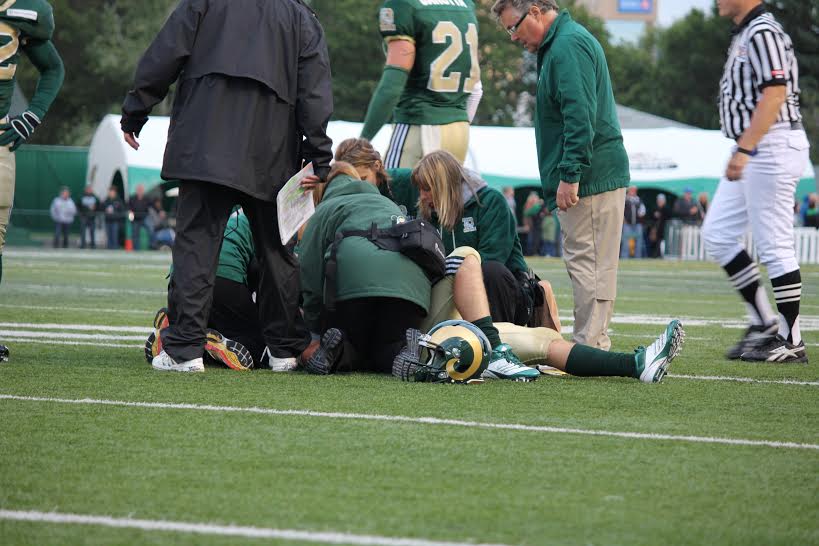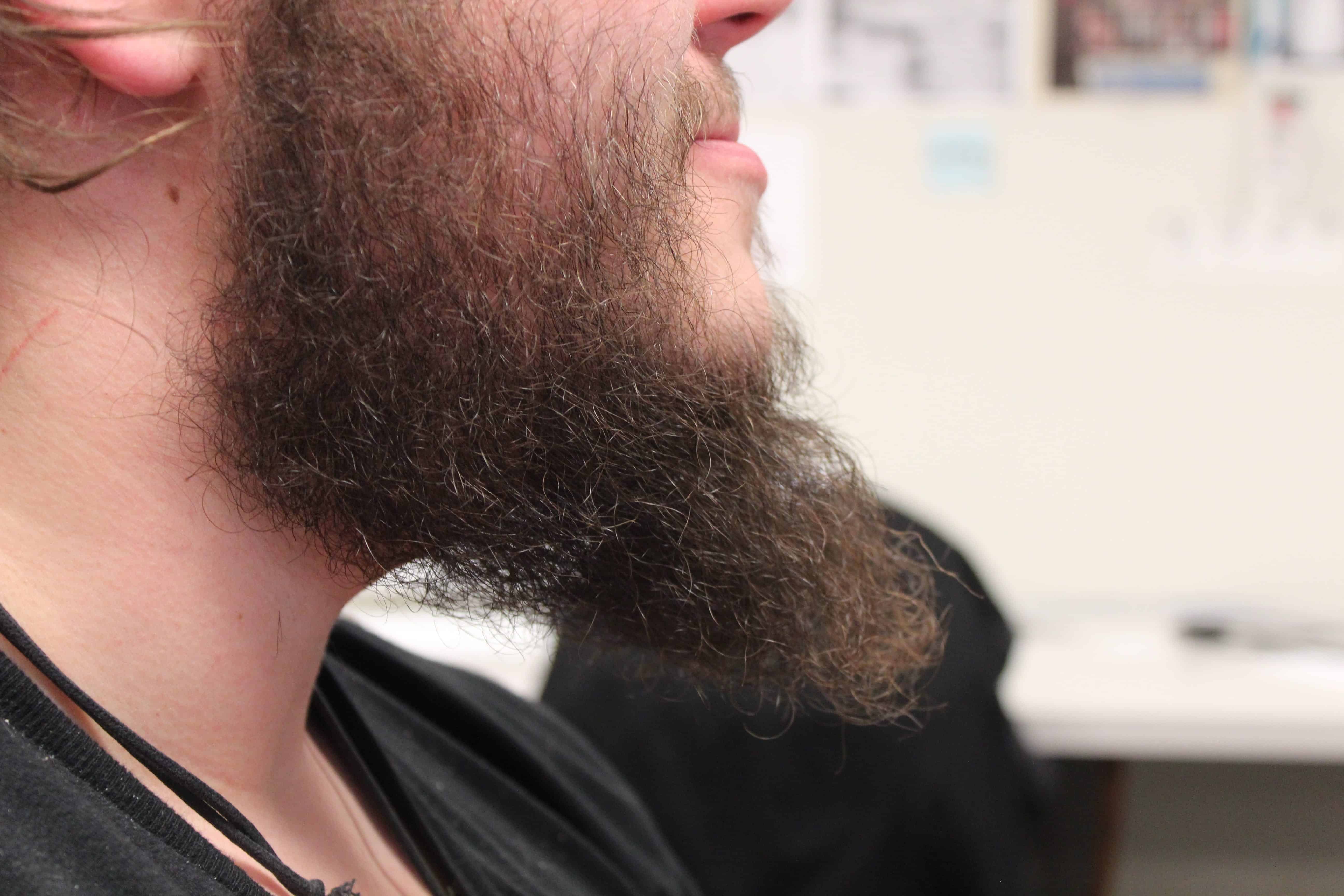Life of a trainer

It may not be a glamorous life, but they still love it
Article: Michael Chmielewski – Editor-in-Chief
[dropcaps round=”no”]A[/dropcaps]s with many aspects of life, certain individuals take the lion’s share of the credit for something that many worked at.
The rock star on stage may get all the glamorous attention, but the critical component to the success of the performance rests with many hands, such as roadies, light crew, sound crew, promoters, and so on. The same goes for trainers in the world of sports. They are a critical, yet neglected, aspect of the sports world. When the Chicago Blackhawks won the Stanley Cup last year, nobody rushed onto the ice to interview the trainers; the trainers didn’t hoist the cup into the air.
The same phenomenon occurs with the life of trainers at the University of Regina.
A trainer’s duties include attending practice everyday, stretching out the players, doing laundry, fixing equipment, and making sure the team is generally ready to go. In the event of an injury, the trainer is the first one to respond and help the player.
For Carly Pockett, a Kinesiology student, as the athletic trainer and equipment manager for the Cougars’ women’s hockey team she admits that the work is time consuming, especially with school, but that she does like it.
“I do enjoy the job most times,” she said. “Better aspects include the athletes. They’re a great group to work with and also I get to do something that I enjoy. Bad aspects include how time consuming it is. It doesn’t always agree with my school schedule.”
Balancing such a demanding job with a full course load has its challenges, but those are often outweighed by the future career benefits.
“I feel like this experience will help me in my future career or if I choose to continue my school elsewhere after my degree,” Pockett said. “It gives me an advantage against those that have never done or experienced anything along these lines, and it also gets my name out there for a future career option.”
Dillon Hunter, the trainer of the men’s hockey team, also feels that the job is very demanding while trying to take a full course load, but similarly feels that the experience of being a trainer will help him in his career.
“It will definitely help me. I mean, it’ll give me just that much more experience for injuries that do occur,” he said. “I mean, in hockey, there’s a few more brutal injuries.”
Since hockey is such a fast, physical and injury-prone sport, trainers can bet that they will see and have to deal with injuries.
“I’ve seen a few bad concussions,” said Hunter. “Last year we had one guy, he had severed his Ulnar nerve. I wasn’t there at the game, the other guy was.”
The Ulnar nerve is the located in the arm, beside the elbow bone. It is commonly know as the “funny bone.” The nerve is quite unprotected.
The reason why Hunter wasn’t there was because last year, the men’s hockey team had two trainers, whereas this year Hunter is all by his lonesome self. This has increased his workload significantly, because before him and his trainer partner would split practices.
As to whether or not trainers are underappreciated, both Hunter and Pockett agree that the team values their contribution. As far as being underpaid, though, both seem not to mind.
“[It] is a lot of work for the amount we do get paid, but this position is more volunteer than anything,” she said. “I wasn’t even aware that we did get paid before committing my time to the team.”
“The money isn’t the biggest part of it,” agreed Hunter. “It’s more the experience, I would say. They money is nice, but it’s not all about it.”
These trainers, for all they do and they way they do it in a humble manner, deserve their own applause and fame for all their hard work. Next time a team succeeds, especially the Cougars or Rams, don’t forget their trainers.
[button style=”e.g. solid, border” size=”e.g. small, medium, big” link=”” target=””]Image: Jarret Crowe[/button]











[…] Click here for the original article from The Carillon […]